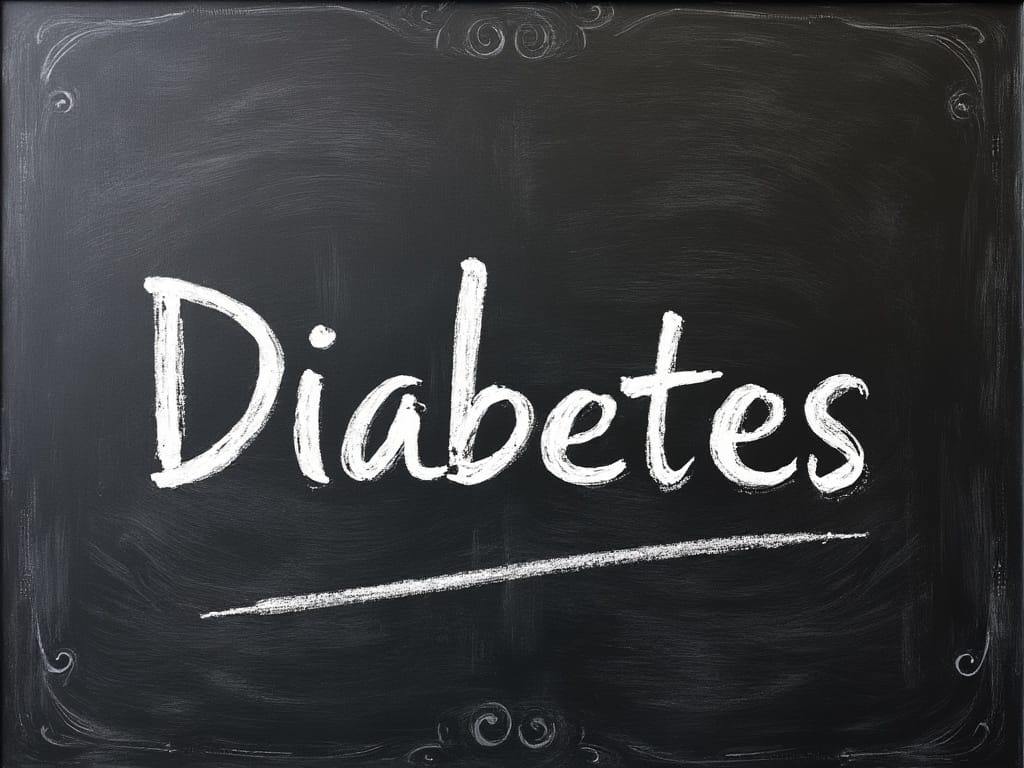
Type 1 diabetes is an autoimmune condition where the body's immune system attacks the insulin-producing beta cells in the pancreas. This leads to a lack of insulin, which the body needs to convert sugar into energy. Here's a closer look at the typical symptoms of type 1 diabetes and how they often pave the way for diagnosis.
Common Symptoms of Type 1 Diabetes
- Excessive Thirst (Polydipsia):
One of the hallmark signs of type 1 diabetes is an intense thirst that exceeds normal hydration needs. This occurs because high blood sugar levels lead to the kidneys working overtime to filter and absorb the excess sugar, resulting in dehydration. - Frequent Urination (Polyuria):
Linked closely with polydipsia, frequent trips to the loo are due to the body trying to flush out the extra sugar through urine. This symptom often goes hand in hand with bedwetting in children, which might be a noticeable change in behaviour. - Unexplained Weight Loss:
Despite eating normally or even more than usual, individuals with undiagnosed type 1 diabetes might lose weight. The body burns fat and muscle for energy when it can't use glucose due to lack of insulin, leading to weight loss. - Fatigue and Weakness:
Without insulin, glucose can't enter the cells, and thus, the body lacks the energy needed for daily activities. This can manifest as extreme tiredness, lethargy, or weakness, even after sleep or rest. - Increased Hunger (Polyphagia):
The body signals hunger as it seeks more energy due to the inability to utilise the glucose present in the blood. - Blurred Vision:
High blood sugar levels can cause the lens of the eye to swell, altering its ability to focus, leading to blurred vision. - Mood Swings or Irritability:
Fluctuations in blood sugar can affect mood, leading to irritability or mood swings. - Recurrent Infections:
Elevated glucose levels can impair the immune system, making one more susceptible to infections, particularly yeast infections.
How Symptoms Lead to Diagnosis
- Observation and Concern:
Often, the combination of these symptoms, especially in children or young adults, prompts concern from parents, carers, or the individuals themselves. - Medical Consultation:
The persistence of these symptoms leads to a visit to a healthcare provider where initial suspicions of diabetes might arise. - Diagnostic Tests:
Blood Glucose Test: Typically, the first test is a blood sugar level check. A fasting blood sugar level of 126 mg/dL (7.0 mmol/L) or higher on two separate tests indicates diabetes.
HbA1c Test: This test provides an average of blood sugar levels over the past two to three months. An HbA1c level of 6.5% or higher often confirms the diagnosis.
Presence of Ketones: In some cases, especially if the symptoms are severe or there's suspicion of Diabetic Ketoacidosis (DKA), a urine or blood test for ketones might be performed. The presence of ketones is a critical indicator in type 1 diabetes. - Immediate and Long-term Management:
Once diagnosed, immediate medical intervention might be necessary, especially if DKA is present. Long-term management includes insulin therapy, blood sugar monitoring, dietary adjustments, and lifestyle changes.
Conclusion
The symptoms of type 1 diabetes, while initially subtle, become progressively severe, leading to a diagnosis that can be life-altering but manageable with proper care. Early recognition of these symptoms and prompt medical consultation can prevent complications like DKA, ensuring a healthier life post-diagnosis. Awareness and education about these signs are crucial for early detection and effective management of type 1 diabetes.

Member discussion: